Parents are set to be asked which of three different catchment systems for Brighton and Hove’s secondary schools they prefer as the council moves to find new ways of accommodating rising demand for places and a new school.
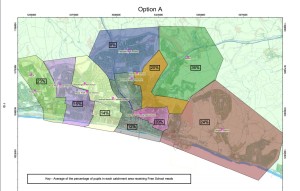
Thousands of year six children discovered today which school they are set to go to in September, under the current system in which places are allocated randomly to children in each school’s catchment area.
The three new possible systems, which include the new free school planned in an as-yet undisclosed site in east Brighton, all still use catchments, but under the first each would have its own catchment, under the second there would be four catchments with two or three schools in each, and under the third, three catchment areas with three schools each.
This means that parents would have a good chance of getting into one specific school under the first, have the choice of two or three schools under the second, and three schools under the third.
However, a space wouldn’t be guaranteed under any of the schemes, particularly for catchments where there is a big difference in popularity of schools. Priority will be given to pupils with learning difficulties, looked after children and siblings, as under the current scheme.
After that, parents are also being asked whether they think spaces in oversubscribed schools should be decided randomly, as is the current situation, or based on home to school distance, as now happens with primary school admissions.
Full details of each can be found here.
The existing schools affected by the new catchments are Blatchington Mill; Brighton Aldridge Community Academy; Dorothy Stringer; Hove Park; Longhill; Patcham High; Portslade Aldridge Community Academy; and Varndean. Kings School and Cardinal Newman School are not included in the catchments as they are faith schools and take children from across the city.
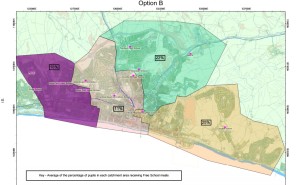
Brighton and Hove City Council is hoping to use one of these three new systems for September 2018 allocations, when the new east Brighton school is due to open. A final decision needs to be taken by March next year, ready for applications to start from autumn 2017.
Daniel Chapman, deputy chair of the children, young people and skills committee, said: “We want to ensure that children from all backgrounds have the same opportunities and the same chances to achieve their full potential.
“With this in mind we are committed to closing the gap in achievement between children from disadvantaged families and children who are not.
“Over the next couple of months we want to engage with people’s views on the general principles of how they think the catchment areas should work.
“The boundary lines indicated are suggestions at this stage. The feedback we get from this engagement exercise will help us draw up concrete proposals that will be subject of a formal consultation process in the autumn.
“No admissions system will please all parents, but our aim above all is to arrive at a new system that is as fair as possible to as many parents and children as possible.
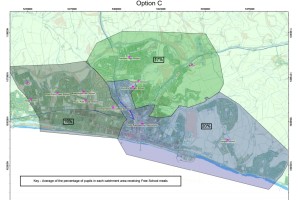
“We also want to see whether we can make more schools more accessible to children from disadvantaged backgrounds.
“We look forward to hearing residents’ views on the different options being put forward.”
The first option of individual catchments for each school, will be of particular interest to parents in the east of the city, who are keen to know where the new school is to be located.
It was first announced in March last year, but negotiations over a site are understood to be ongoing. However, its proposed catchment under the first option covers Hanover, Queen’s Park and part of the North Laine. It does not include the area north of Elm Grove, or most of Whitehawk.
The pin on the map does not represent a possible location. It has been placed St Peter’s Church, on the grounds that nobody would mistake that for a proposed site.
The city’s schools currently accommodate about 2,555 pupils, but GP registrations suggest that there are currently about 3,100 children in each primary year group. The report also takes into account extra demand from new housing expected to be built up until 2030.
With the opening of the new school, adding 180 pupils, it’s expected the city’s schools can cope with demand up until 2026. Brighton and Hove’s recently approved city plan has earmarked Toads Hall Valley in Hove for another school by 2030.
The proposals have been put together by a working party of headteachers, governors and councillors from all parties at the request of the council’s cross-party school organisation working group.
They aim to ensure that as many as possible of a range of criteria are met. These criteria are that any proposed new catchment areas should:
- catch all children resident in them
- provide schools with a social mix of children from all backgrounds
- be fair, transparent and easy to understand
- offer parents a preference
- be practicable options which are supported by the public transport network
- ensure that all schools can be successful and viable
Under the current system, once higher priorities around looked after children, exceptional medical or other needs and sibling links are taken into account, random allocation within individual catchment areas means that everyone in the catchment area has the same chance of gaining a place at a catchment area school.
The engagement exercise will seek residents’ views on whether to keep random allocation within catchment areas as the ‘tie-breaker’ for oversubscribed schools, or to use home to school distance instead.
In order to try and make the system as fair as possible the council has also proposed that the current oversubscription criteria are amended to give children eligible for free school meals a higher priority
The proposals take into account research done by the University of Brighton into what parents and pupils think of the current system. Many of the people the university researchers spoke to said they wanted a system that offered more choice while remaining fair and easy to understand.
The children, young people’s committee is being asked to agree to a preliminary round of public engagement starting in March and running until Friday, 22 April. This would pave the way for a formal consultation process in the autumn.
The (national) Office of the School Adjudicator has looked in detail at the city’s current catchment area based system and ruled that it is both fair and transparent. By law no admissions system can use the perceived qualities of different schools as a factor in how school places are allocated.
The council’s methods for secondary pupil numbers forecasting was recently the subject of an independent review. This found that the most recent estimates were more than 98% accurate.
With the University of Brighton free school proposal now approved by the government it is anticipated that there will be sufficient places available to accommodate the rising number of secondary aged pupils up to 2026.


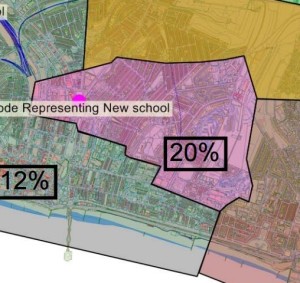




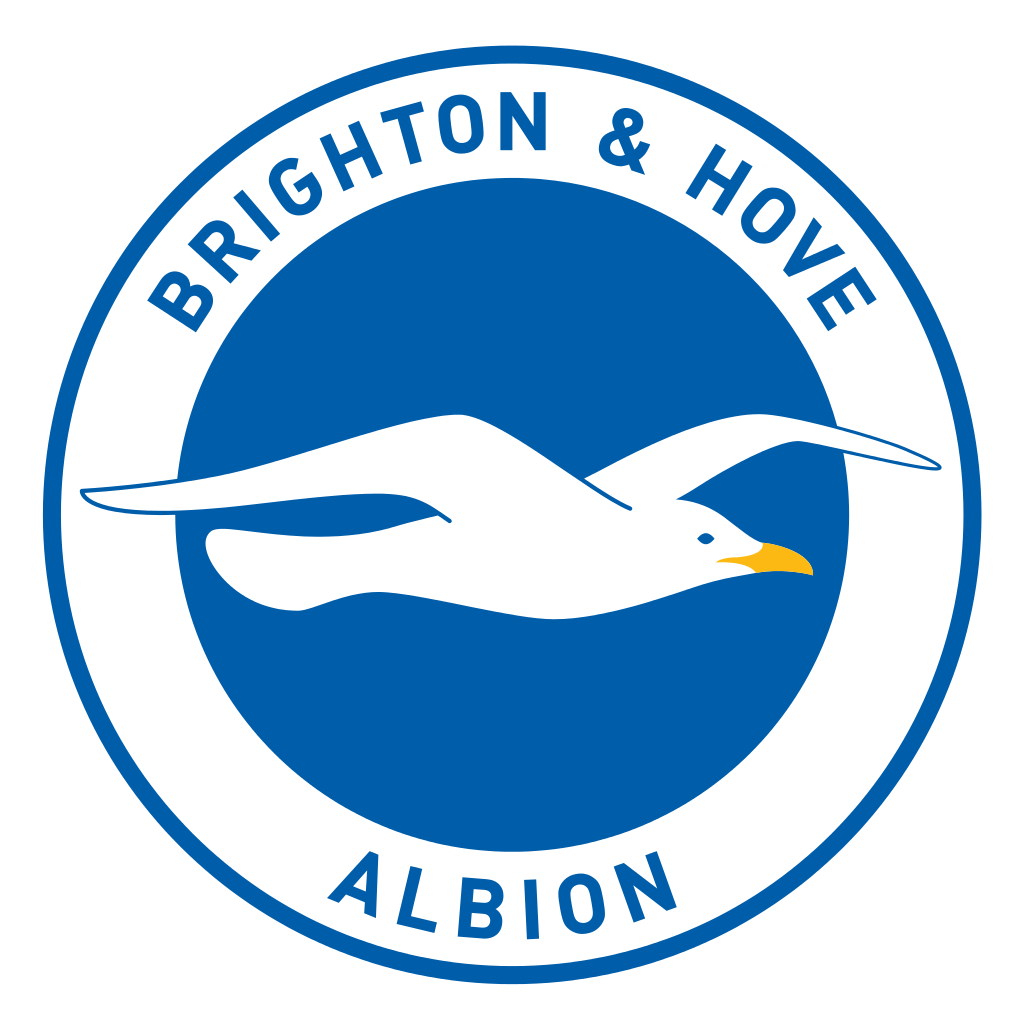


I think that priorty should go to those living nearest the school. If the pupils want to go the nearest school. However, if places still remain then those who are prepared to travel further for a preferred school should then be considered.
Agree with Debra. Under these proposals our children might not be able to access 2 secondary schools within 5 mins walk. One is 200yds from us.
How can it make sense for children to be separated from their friends and be excluded from a school less than 5 minutes walk away, because they fall on the wrong side of the catchment, yet allow children to be accepted into that school who are bussed in from almost 7 miles away? Not good for the environment, the families and most of all the children.